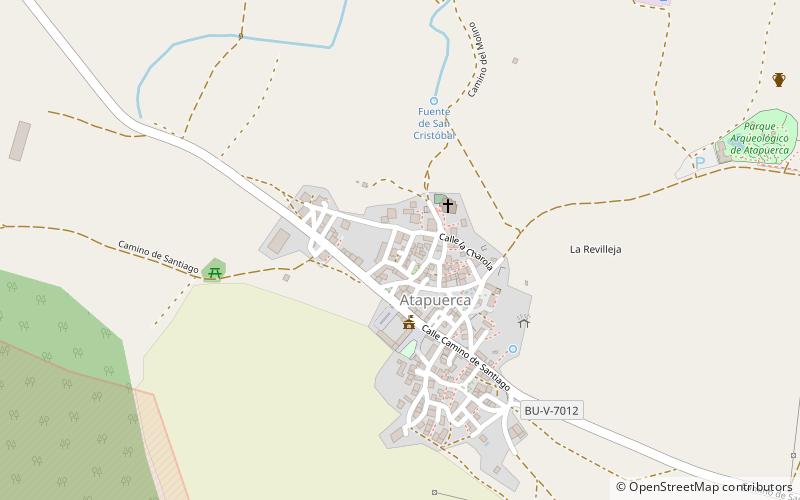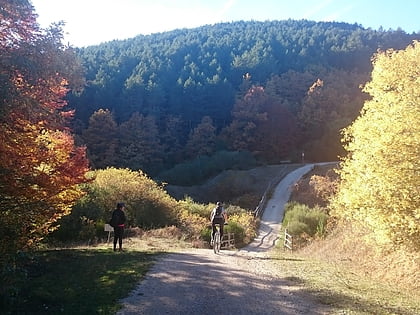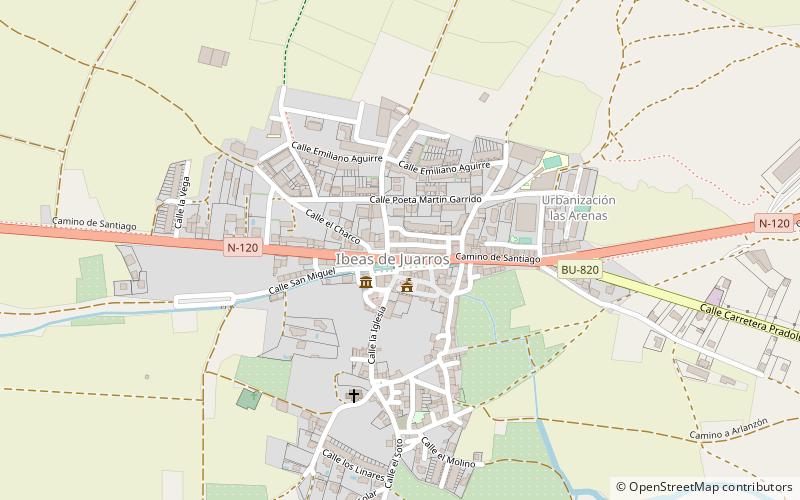Atapuerca


Facts and practical information
Nestled in the heart of the Castile and León region in Spain, Atapuerca is a destination that offers a captivating blend of history, culture, and natural beauty. The region is best known for the archaeological site of Atapuerca, which has been designated as a UNESCO World Heritage site. This site is home to some of the oldest human remains in Europe, with fossils dating back over a million years.
Visitors to Atapuerca can explore the fascinating exhibits at the Museum of Human Evolution, which provides a comprehensive overview of the archaeological discoveries made in the region. The museum showcases a diverse collection of artifacts, including tools, skeletal remains, and interactive displays that offer insight into the evolution of early humans.
In addition to its rich archaeological heritage, Atapuerca is also a paradise for outdoor enthusiasts. The region is surrounded by picturesque landscapes, with rolling hills, lush forests, and meandering rivers waiting to be explored. Hiking and cycling trails crisscross the countryside, offering visitors the opportunity to immerse themselves in the natural beauty of the area.
For those seeking a taste of traditional Spanish culture, Atapuerca also boasts charming villages and towns that are steeped in history. Visitors can wander through cobblestone streets, admire centuries-old architecture, and sample local delicacies at quaint cafes and restaurants.
Atapuerca – popular in the area (distance from the attraction)
Nearby attractions include: Vía Verde de la Sierra de la Demanda, Atapuerca Mountains, Monasterio de San Pedro de Cardeña, San Juan de Ortega.






